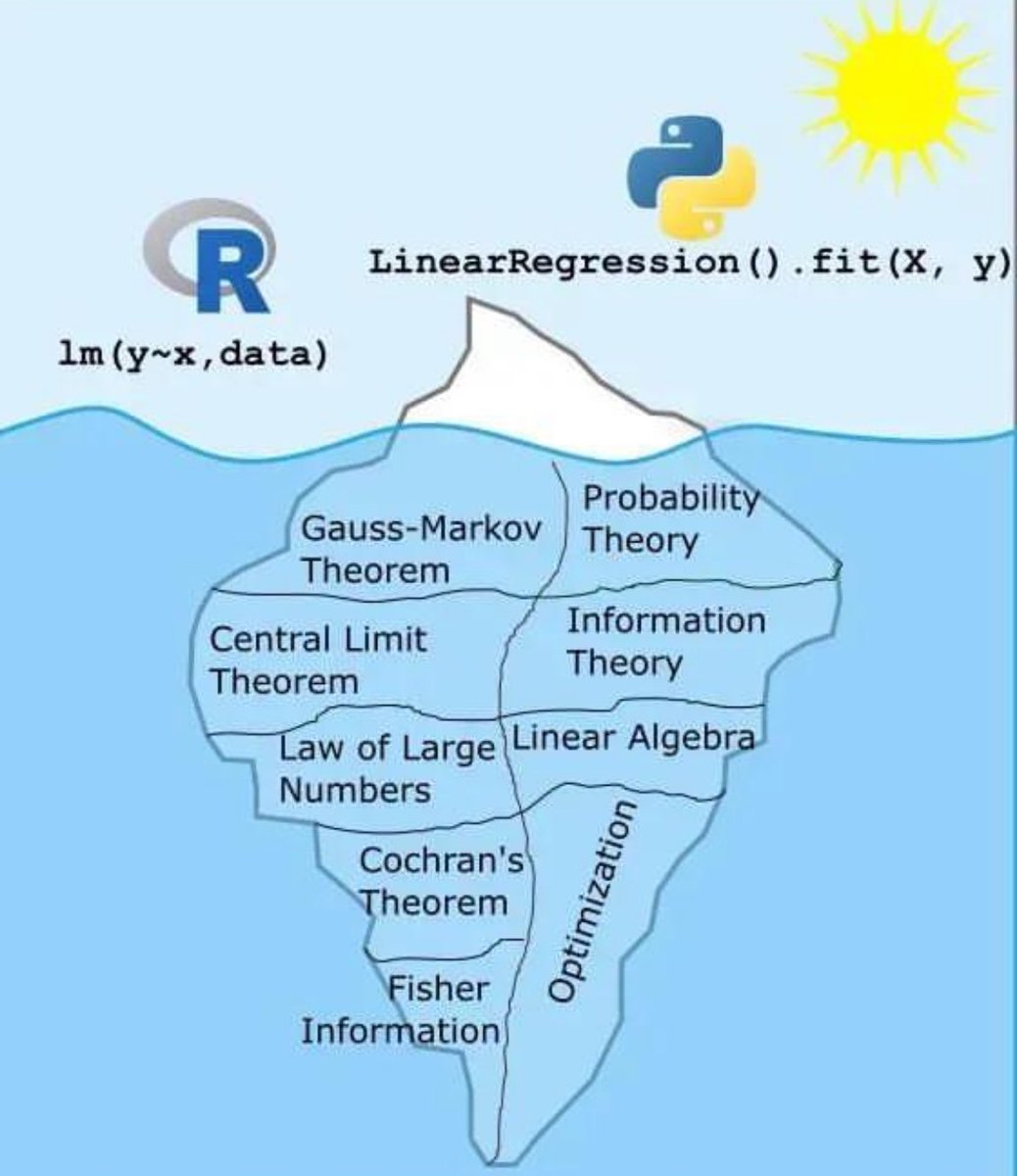Sublime
An inspiration engine for ideas
science
Alex Dobrenko • 3 cards
Any number between 1 and 10 will be a multiple of 100, 10 becomes 101, 20 is 2 × 101. The advantages of this become quickly apparent as the numbers grow bigger. A 10-fold jump brings us to items counted in hundreds (102) and then to thousands (103), tens of thousands (104), hundreds of thousands (105), and millions (106).
Vaclav Smil • How the World Really Works
Each unit is within 4-8x apart from each other; each group is ~7,000x apart.
Micro units
The Quantum (50 picoseconds) — the time for light through a hair;
The Atom (500 nanoseconds) — the time for light to travel a pen;
The Hertz (4 milliseconds) — a single violin string oscillation for a high C;
The Frame (25 milliseconds) — a single shot at 40 fps;
The
The exam could ask what the total cost would be if the investor buys 10 bonds, or 100 bonds. For the bond trading at “97.65” 10 bonds would cost the investor $9,765 and 100 bonds would cost $97,650.
Robert Walker • Pass The 65: A PLAIN ENGLISH EXPLANATION TO HELP YOU PASS THE SERIES 65 EXAM - UPDATED FOR 2017
or almost twice the entire global annual development budget.
Bjorn Lomborg • Prioritizing Development: A Cost Benefit Analysis of the United Nations' Sustainable Development Goals
Science
David Hood • 1 card
observations
Erikc Perez-Perez • 19 cards
